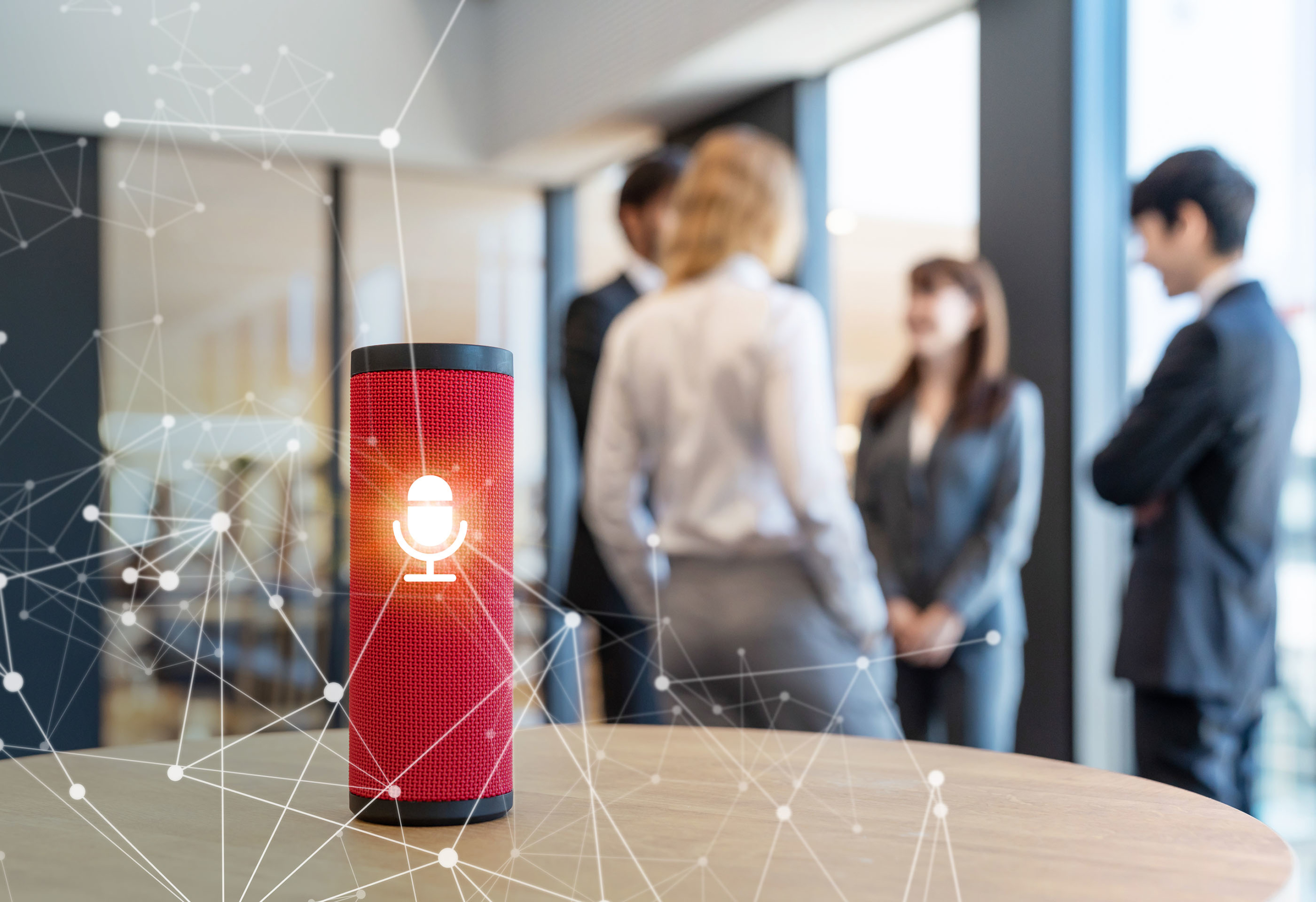Eavesdroppers can hack 6G wireless frequency with DIY metasurface, research team demonstrates
The researchers said they hope the study will dispel a common misperception in the wireless industry that higher frequencies are inherently secure.
“People have been quoted saying millimeter-wave frequencies are ‘covert’ and ‘highly confidential’ and that they ‘provide security,’” Shaikhanov said. “The thinking is, ‘If you have a super narrow beam, nobody can eavesdrop on the signal because they would have to physically get between the transmitter and the receiver.’ What we’ve shown is that Eve doesn’t have to be obtrusive to mount this attack.”
The research showed the attack would be difficult for Alice or Bob to detect today. And while the metasurface must be placed between Alice and Bob, “it could be hidden in the environment,” Knightly said. “You could conceal it with other sheets of paper, for instance.”
Knightly said now that wireless researchers and equipment manufacturers know about the attack, they can further study it, develop detection systems and build those into terahertz networks up front.
“If we had known from day one, when the internet first came out, that there would be denial-of-service attacks and attempts to take down web servers, we would have designed it differently,” Knightly said. “If you build first, wait for attacks and then try to repair, that is a much more costly and expensive path than designing securely up front.
“Millimeter-wave frequencies and metasurfaces are new technologies that can each be used to advance communication, but any time we get a new capability for communication we have to ask the question, ‘What if the adversary has this technology? What new capabilities will it give them that they didn’t have in the past? And how can we realize a secure network against a strong adversary?”
Fahid Hassan of Rice is a study co-author.
This research was supported by Cisco, Intel, the National Science Foundation (1955075, 1923782, 1824529, 1801857, 1923733, 1954780) and the U.S. Army Research Laboratory (W911NF- 19-2-0269).
This story was authored by Jade Boyd, science editor and associate director of news and media relations in Rice University’s Office of Public Affairs.

